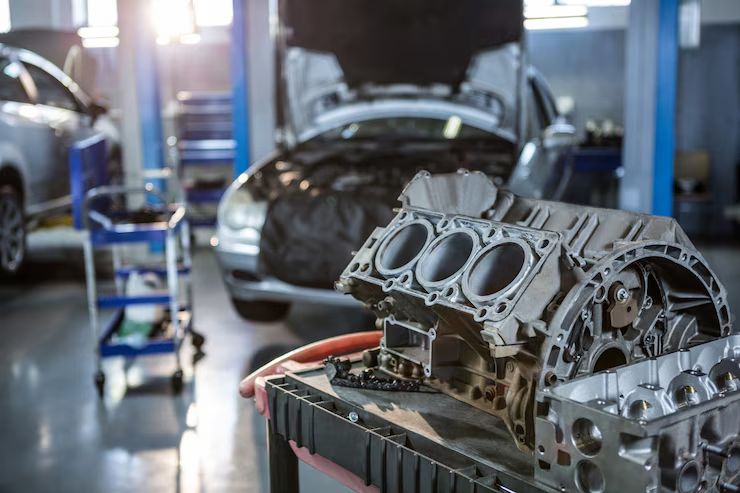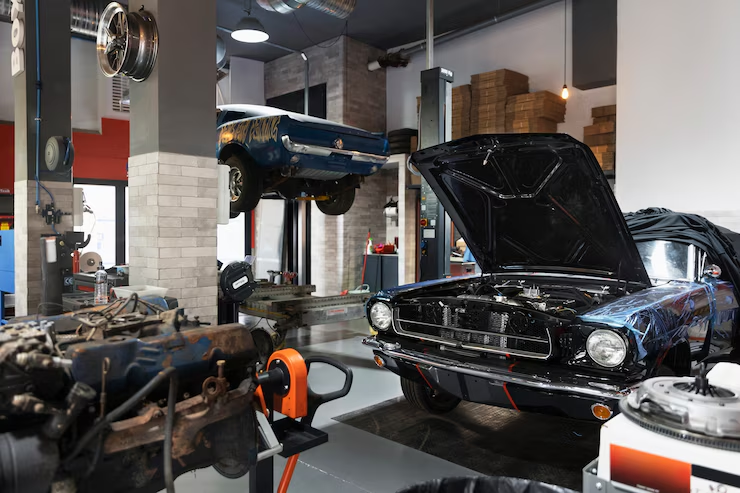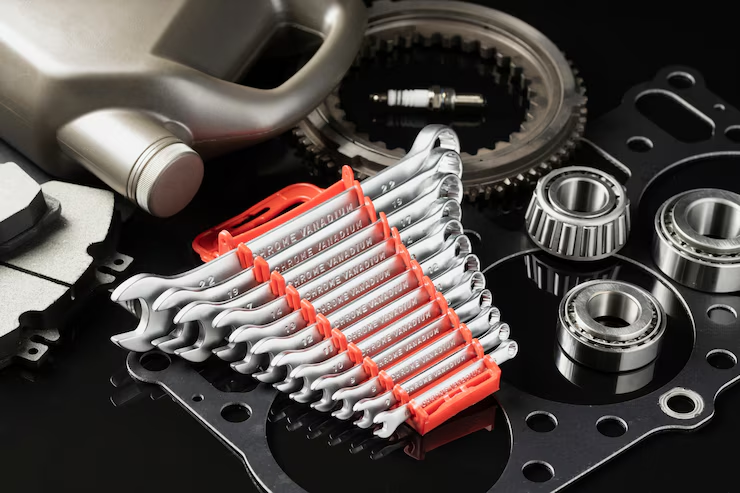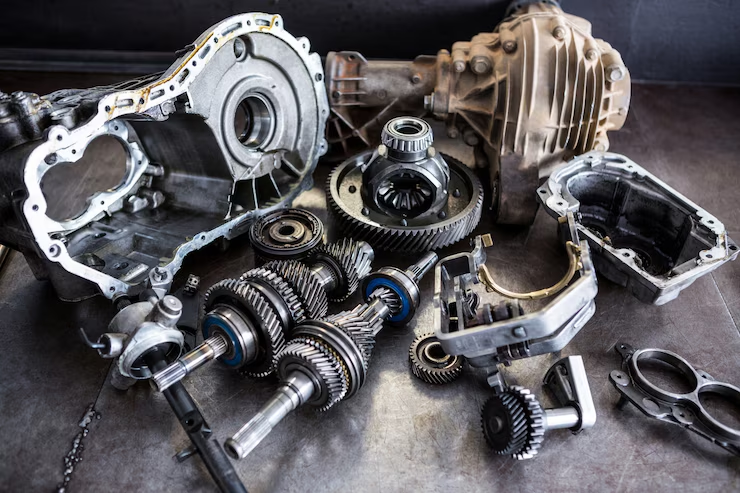Are you stuck between choosing a new radiator or a used one? If cost is your concern, you’re not alone. Many US car owners want to cut down on repairs but still expect high performance. That’s where used radiators come into the mix. They cost less, yes. But do they last?
When a car overheats, the radiator is one of the first parts a mechanic checks. A brand-new radiator offers assurance. But a lot of drivers are shifting towards used radiators. Lower upfront cost, fast availability, and OEM parts make them sound like a smart choice. But what about lifespan? Can they hold up just like new ones? Let’s break it down using facts, not fluff.
Key Takeaways
- A good used radiator price can save 50% or more.
- New ones last longer, but some used ones come very close.
- Pick only tested units with no leaks, rust, or bent fins.
Performance Check: Used vs. New Radiators
Here’s what you must understand first: radiators are not simple. They’re built using aluminum cores, plastic tanks, fins, tubes, and solder joints. Each part must work well under heat, pressure, and flow.
A used car radiator, if sourced right, might still have its fins intact, tubes leak-free, and joints sealed. The life of a radiator depends on usage, maintenance, and part quality. New radiators, of course, come with zero wear. But some used radiators come from low-mileage vehicles. These are often OEM parts, meaning they match the car’s factory specs.
But not every used part is gold. You’ll need to inspect signs like rust, bent fins, or internal clogs. If it passed a pressure test, shows no leak, and came off a car with a clean coolant history, it might work well.
Now the real thing — can it last as long? In many cases, yes. But only if it’s been tested, cleaned, and hasn’t been through engine failure or extreme heat cycles.
Lifespan Facts: Comparing Used vs. New Radiators
| Feature | New Radiator | Used Radiator |
| Average lifespan | 8–10 years | 4–7 years |
| Price range (US) | $150–$400 | $50–$200 |
| OEM part availability | Yes | Mostly OEM (salvage) |
| Heat transfer efficiency | 100% | 70–90% (depends on age) |
| Need for repairs | Rare | Medium chance |
| Used in high-end models? | Yes | Yes |
The price of a used radiator is the strongest point here — it can cost less than half of a new one.
Factors That Make Used Radiators Worth It
- OEM Quality: Most used units come off factory models. That means they were built to exact car specs.
- Thermal Efficiency: If tested and flushed, used radiators still work at 80–90% capacity.
- Material Strength: Units made with aluminum cores last longer than mixed-metal radiators.
- No aftermarket risk: New aftermarket radiators often lack fit precision.
- Fast fitment: Mechanics prefer drop-in fits, which OEM radiators offer.
For budget-minded drivers, the used radiator price makes sense. Just don’t ignore the testing step.
Common Signs Your Radiator Needs to Be Replaced
When your engine starts running hotter than normal, that’s your first clue. You may also spot puddles of coolant under the car or notice the temperature gauge creeping up too fast. A sweet smell from the hood is another early sign — that’s leaking coolant evaporating.
Watch for frequent coolant top-ups or slow drips from the radiator seams. If your heater stops working in winter, that’s also connected. Over time, clogs, rust, and cracks start to affect the core. Don’t wait for a full breakdown. These signs mean your cooling system is losing efficiency — and that’s bad for your engine.
So, Can Used Radiators Hold Up Like New Ones?
Yes, but we need to be smart about it. Not every used part is built to last. But when we inspect for rust, test for leaks, and choose OEM over aftermarket, the results can be just as reliable. The cost gap is big, and that’s where the used radiator price becomes a clear win, especially when sourced from a trusted place.
We don’t always have to pay top dollar to fix the cooling system. What we do need is a tested part with solid life left. If we choose well, we save money without risking performance.
Need help finding one? Visit Cars Part Zone — your go-to source for radiators and more. For questions or help, just reach out.
FAQs
Most last 4 to 7 years if well-kept. But the range changes based on mileage and part wear.
Run a pressure test. Check for leaks, rust, and blocked tubes. Also, check for coolant stains on the neck and cap.
Yes, if they’re pressure-tested and flushed. Cooling is all about flow. If it flows well, it will run well.
Local salvage yards, certified auto recyclers, and online OEM part vendors. Always check the return policy.
Yes. If your car is 10+ years old, a used radiator often makes more sense than a pricey new one.






